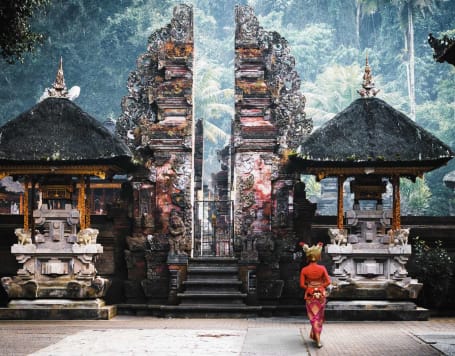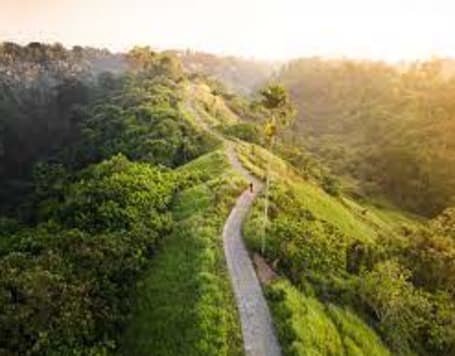Goa Gajah, also known as the Elephant Cave, is a cultural heritage site located in Bali, Indonesia. It is a fascinating and important site that offers a glimpse into the island's rich history and cultural heritage.
Goa Gajah is located in the Bedulu village, which is just a short distance from the Ubud town. The exact origins of Goa Gajah are unknown, but it is believed to have been built during the 11th century. The site is said to have been created as a sanctuary for Hindu monks who were seeking a place to meditate and find inner peace.
Over the centuries, Goa Gajah has undergone many changes and renovations. It was rediscovered in the 1920s by Dutch archaeologists, who conducted extensive excavations and restoration work on the site. Today, it is a popular tourist destination and a must-see attraction for anyone interested in Balinese history and culture.
































